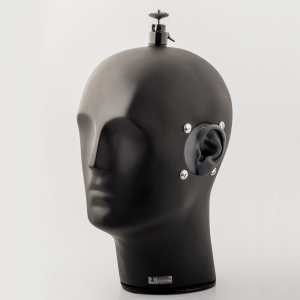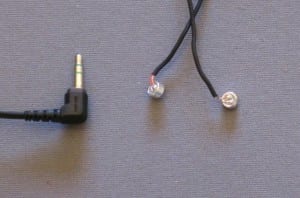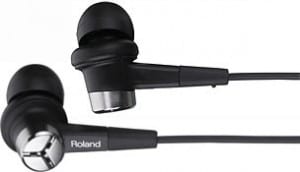I did some research on what other people are using to create binaural audio recordings and came upon a lot of different forums with people discussing their various different setups and equipment. There were three types of recording equipment that I could choose from:
Number 1:
A static head shape with omnidirectional microphones placed in each ear on either side. This product is used to simulate the space between our ears as well as the shape of our ears to give the most accurate replication of sound. This option would have been good if I were perhaps recording a static character in a room and just wanted the microphones to stay in one place, however, I am creating a moving piece so this was not something I could use.
Number 2:
DIY Binaural Microphones. These are surprisingly cheap to make and work very well when placed in the ear, and this is the main way that people record binaurally from what I can see on the forums, I also recently looked into Dallas Simpson and he also creates his own binaural microphones. I was originally going to use this type of microphone, however, I don’t have the equipment to make them and they don’t allow you to monitor your recording as you are doing it.
Number 3:
Roland cs-10em. These were recommended to me on many forums to start out recording binaurally. They are a combination of headphone and omnidirectional condenser microphone so that they can be used to monitor whilst recording. I made sure to find some tech demos prior to purchasing and was happy with how they sound, so these are the microphones that I will be using to record my project with.
References:
https://www.roland.com/us/products/cs-10em/specifications/
http://openfile.org.uk/archive/dallas-simpson-binaural-recording/ – “My simple binaural recording technique is to insert high quality custom modified sub miniature microphones into my ears and thus sample my own hearing.”
http://www.head-fi.org/t/544390/roland-cs-10em-binaural-field-recording


